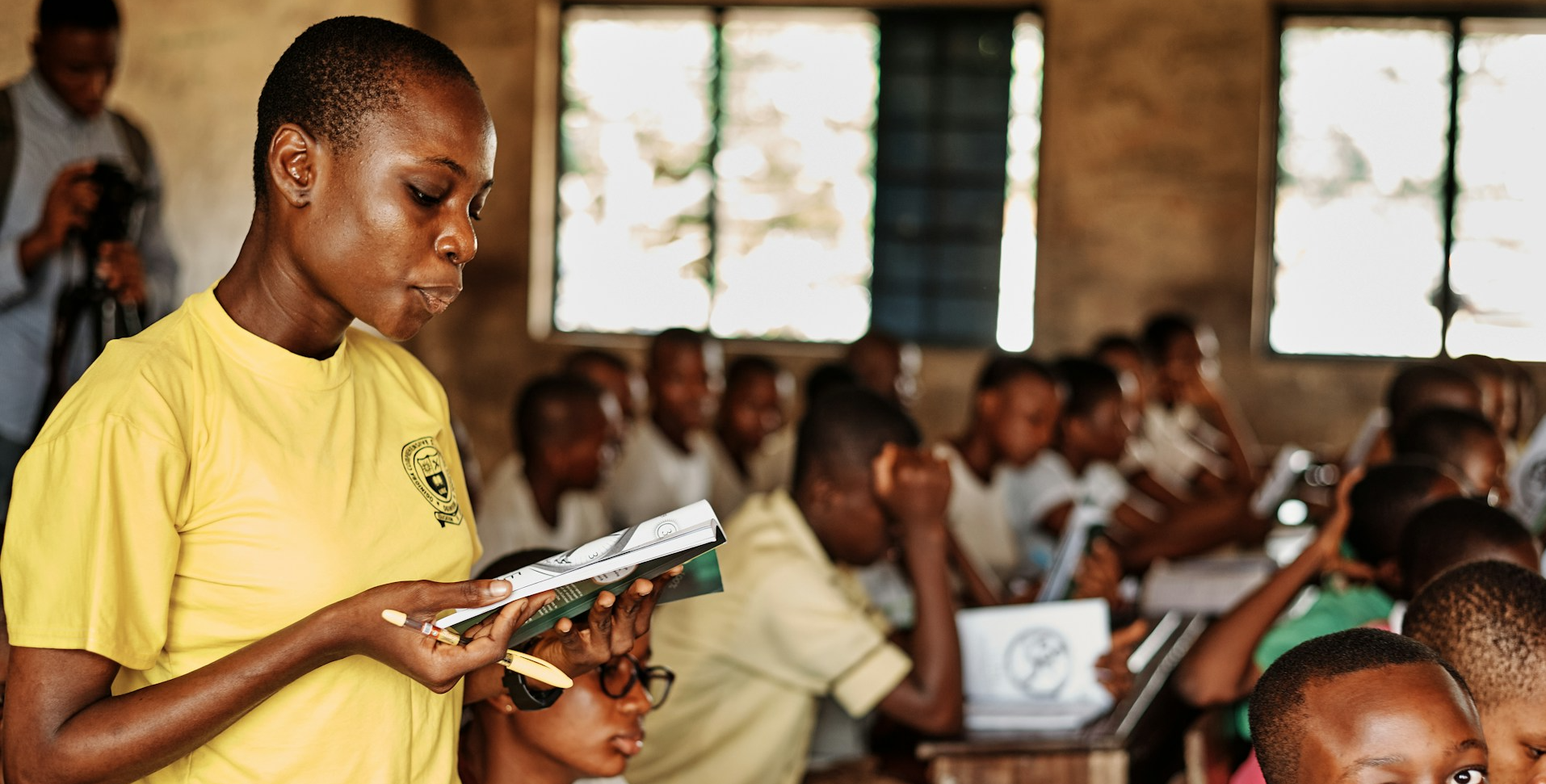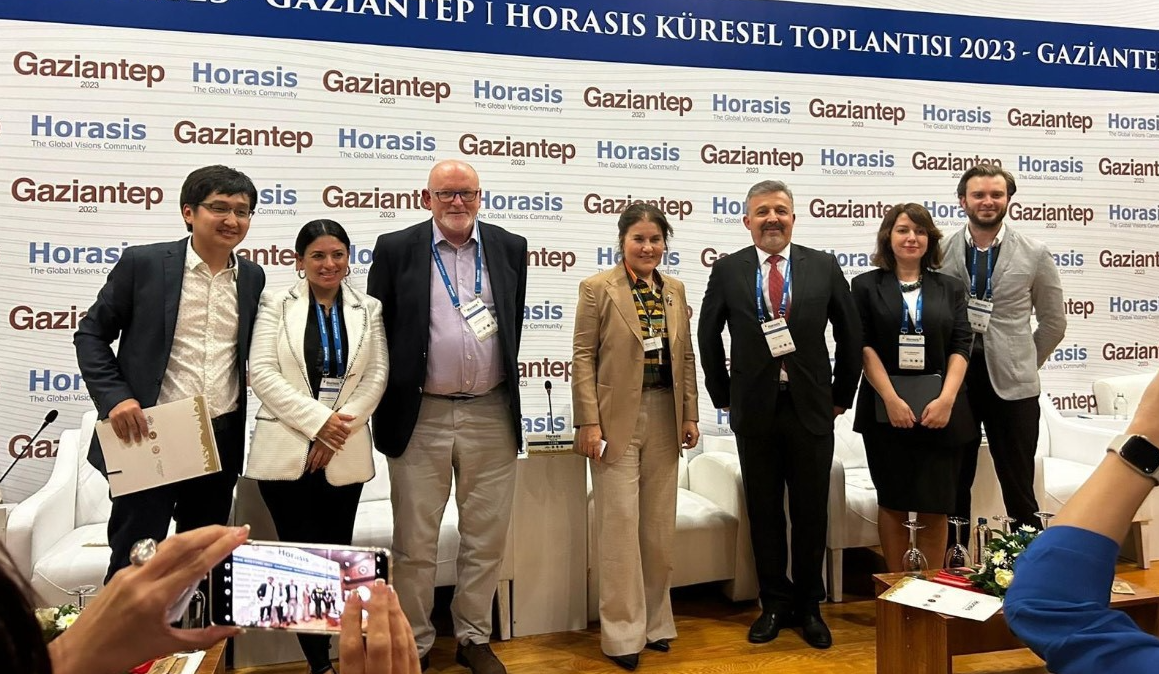The Education System Needs Reforms
Our world is rapidly evolving. While shopping, work, travel, and banking have been revolutionized in the past decade, our schools remain largely unchanged for a century. Education is in crisis, particularly in Sub-Saharan Africa, where 70% of children miss pre-primary education and nearly 90% cannot read and understand a simple text by age 10.
A strong education system is directly linked to a nation’s economic health. Generally, developing nations offer better education than the least developed, while fully developed nations provide the highest quality. Education also promotes gender equality, fosters peace, and improves life and career prospects.
Now is the time to invest in educational reform. As Nelson Mandela had once rightly said: “Education is the most powerful weapon which you can use to change the world.”
Current State of Education
Despite progress on education, since the adoption of the 2015 UN Sustainable Development Goals, significant challenges remain. A UNESCO report shows that 110 million more children and youth are in school, and school completion rates are improving. However, the out-of-school population has decreased by only 1%, leaving 251 million still excluded from the education system. Disparities are stark among regions: 33% of school-aged children in low-income countries are out of school, compared to just 3% in high-income countries, with more than half of all out-of-school children and adolescents in the world hailing from the sub-Saharan African region.
Furthermore, investment in education remains the biggest bottleneck in broadening access to quality education. On average, 4 in 10 countries spend less than 15% of their total public expenditure and less than 4% of GDP on education. The education investment gap between rich and poor nations is also vast. In 2022, low-income countries spent only $55 per student, while high-income countries spent thousand times more than that. Making matters worse, the share of official development assistance going to education globally has dropped from 9.3% in 2019 to 7.6% in 2022.
At the UNESCO Global Education Meeting, Audrey Azoulay, UNESCO Director-General said, “Education is the key driver of prosperous, inclusive and peaceful societies. Yet, quality education risks being the privilege of a few, if we do not take serious measures to give every child across the globe the same chance to learn and thrive. Today, at the UNESCO Global Education Meeting, we call for bold leadership to change course and bolster investments in education, including through renewed solidarity mechanisms between high- and lower-income countries.”
Leading by Example
Globally, nations are pursuing diverse educational reforms. Lebanon’s 2025 education strategy focuses on equitable access for vulnerable children, including both Lebanese and refugees. The strategy employs two key mechanisms: government-funded tuition for kindergarten through ninth grade and a “Cash for Education” program. This program provides monthly stipends of $15 to $20 per child for two years to approximately 90,000 students from the most vulnerable families attending public schools. The financial assistance aims to alleviate economic hardship, which often forces families into pushing their children towards child labor or early marriage, particularly for girls. Consequently, the initiative also seeks to decrease the incidence of child labor.
The Dominican Republic has significantly improved its education funding by gradually increasing its budget to meet international standards and guaranteeing a minimum annual investment of $2,500 per child per year. The country has also launched a “Comprehensive Strategic Intelligence System” to enhance transparency and oversight of education spending, ensuring resources are used efficiently and fairly.
To tackle its primary school teacher shortage, Mauritius has created additional teaching positions across all subjects and have recruited 600 trainee primary school teachers. This initiative aims to boost the primary teaching workforce by 16.4%, ultimately improving educational quality and ensuring better support for students.
Many countries are increasingly embedding youth engagement within their governance frameworks, recognizing the importance of young people’s voices in shaping their nations’ futures. Albania stands as a prime example of this trend. The country has developed the National Youth Strategy for 2022-2029 and its accompanying Action Plan, a comprehensive framework that prioritizes ensuring equal rights, opportunities, and support for marginalized and vulnerable youth. This strategy goes beyond mere rhetoric, focusing on concrete actions to empower young people and integrate their perspectives into decision-making processes.
Investment in education is key for delivering other human outcomes. The sooner nations’ address the education issue, faster will be their development.
Photo Caption: Despite progress on education, significant challenges remain.



